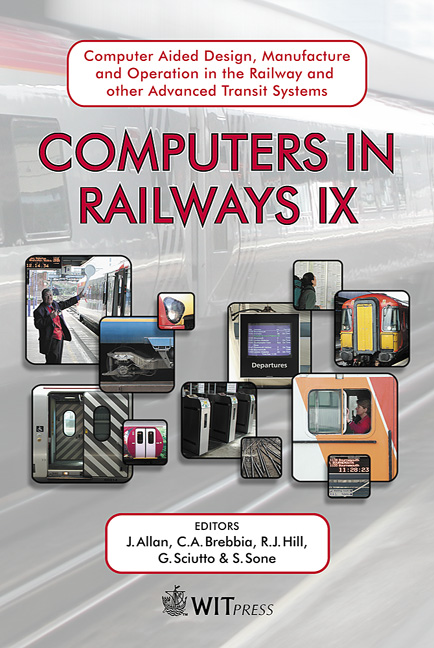Forecasting Robustness Of Timetables
Price
Free (open access)
Transaction
Volume
74
Pages
10
Published
2004
Size
238 kb
Paper DOI
10.2495/CR040571
Copyright
WIT Press
Author(s)
W. Barter
Abstract
Ultimately, the timetable is proof of the capacity of a rail network. If a train can be pathed, then capacity exists. However, a crucial variable is the extent of spare capacity or \“slack”, intended to allow recovery from the minor disruption that is inevitable in real life. Fundamentally, the ability to absorb some disruption trades off against full exploitation of nominal capacity. The number of trains that can be built into a timetable also depends on many factors apart from the technical characteristics of the infrastructure and trains, such as the mix of trains and their stopping patterns. Usable capacity therefore varies depending upon how it is used to reflect commercial and political requirements. In the UK, these requirements are increasingly embodied in the Strategic Rail Authority’s Route Utilisation Strategies, which aims to prioritise allocation of route capacity whilst preserving robustness. Whils
Keywords





